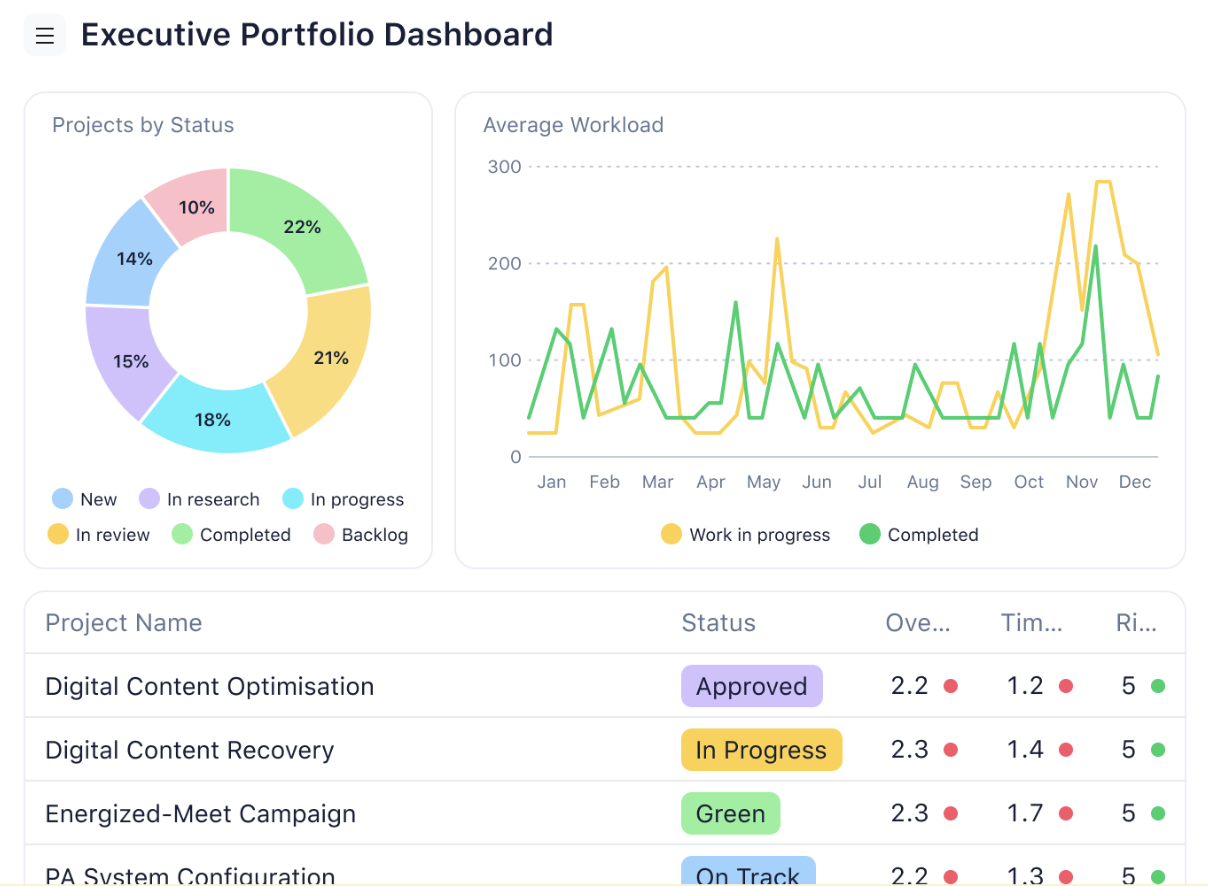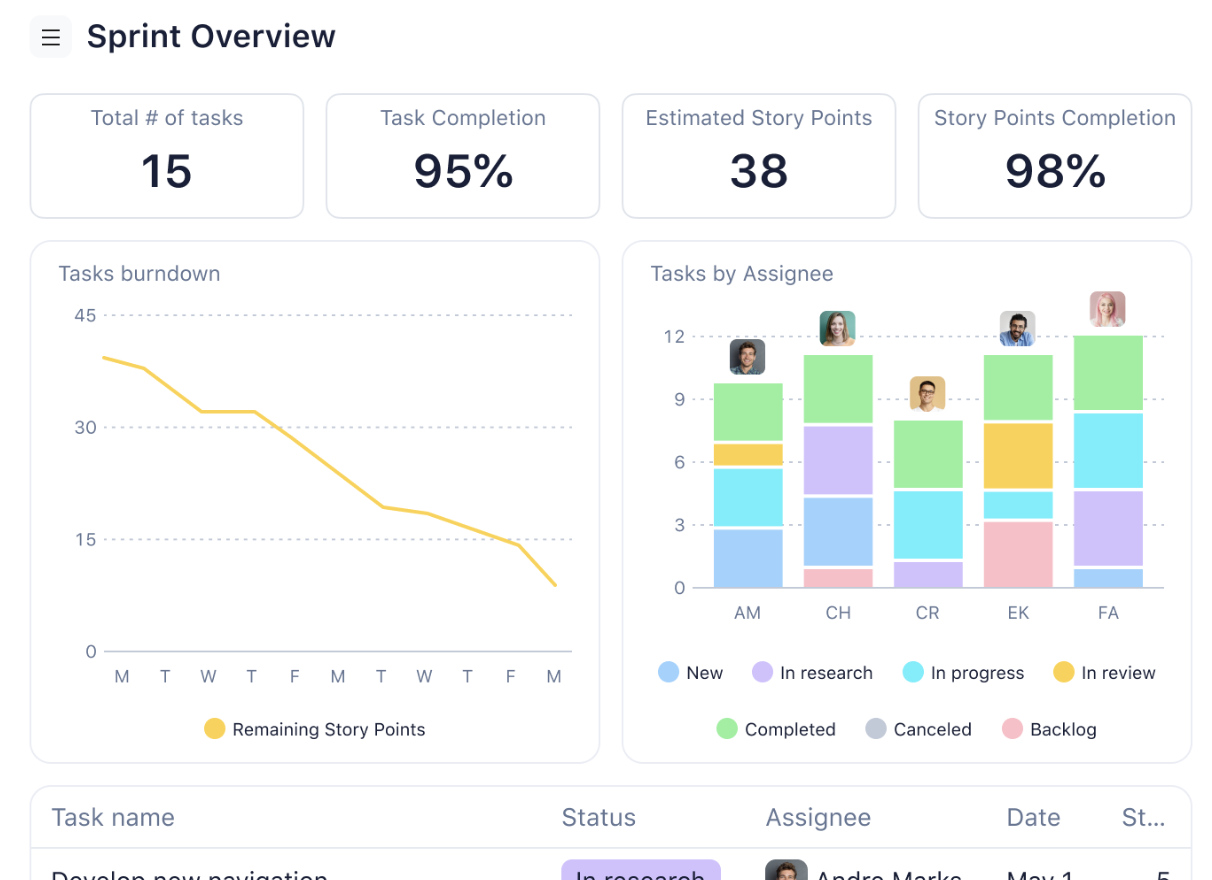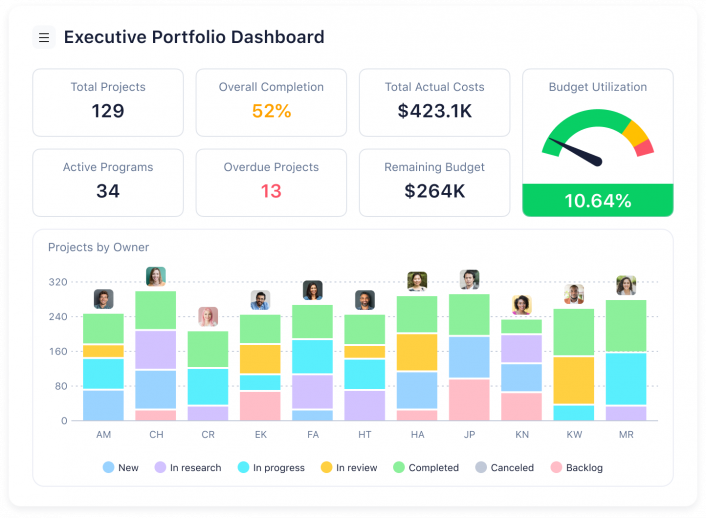Key takeaways:
- What are operational metrics? They are quantitative measurements that assess business performance across productivity, quality, efficiency, customer satisfaction, and financial performance.
- Why are operational metrics important? They help identify strengths and weaknesses, enabling informed decision-making and continuous success in achieving business goals.
- What key metrics should be tracked? Focus on productivity, quality, efficiency, customer satisfaction, and financial metrics to enhance overall business performance.
- How can businesses implement operational metrics? Identify relevant metrics, establish SMART targets, collect data regularly, and integrate metrics into daily operations.
- How does Wrike support operational metric tracking? Wrike offers a project management platform that streamlines workflows and provides real-time insights for effective performance monitoring.
Operational metrics are essential for measuring and monitoring the overall performance of a business. By monitoring important measures, organizations can learn valuable information about their strengths and areas that need improvement.
In this article, we will explore the importance of operational metrics. We will look at the key metrics to monitor, and how to implement them in your organization to drive performance improvements.
The importance of operational metrics in business performance
Operational metrics help organizations identify strengths and weaknesses to make informed decisions that drive continuous success. Without operational metrics, companies would have no way of tracking their performance and knowing whether they are meeting their business goals.
Define operational efficiency metrics
Operational metrics are quantitative measurements that evaluate the performance of a business in a defined area or function. These metrics can cover a wide range of areas, including productivity, quality, efficiency, customer satisfaction, and financial performance.
The role of operational metrics in decision making
Operational metrics also provide a basis for benchmarking, comparing a business’s performance to industry standards or best practices. This benchmarking enables businesses to identify where they can pivot their operations to stay competitive in their industry.
Key operational metrics to monitor in business processes
Tracking metrics is crucial for successful business processes, but the quality of your data depends on what you measure. Here are some important operational metrics that businesses should track:

Productivity metrics
Productivity metrics measure the efficiency of your workforce and the amount of work they produce. The top productivity metrics you should track are:
- Employee productivity: This measures the work completed by each employee. It helps identify high-performing employees and supports those who are struggling.
- Worker output: This measures work completed by your entire workforce in a period, aiding in finding ways to boost productivity.
- Units made in an hour: This metric shows how many units the production process makes in an hour.
Quality metrics
Quality metrics measure the level of quality of your products or services. By tracking the following metrics, you’ll be able to maintain quality standards better:
- Defect rate: This measures the percentage of defective products or services and helps you detect the root causes of defects.
- Customer complaints: Measures the number of complaints about your products/services and helps you fix the cause of these complaints.
- Accuracy rate: This measures the percentage of error-free products or services, helping you improve or maintain this rate.
Operational efficiency metrics
Efficiency metrics measure your operations’ effectiveness and the resources you use. Consider tracking the following efficiency metrics for your business:
- Equipment utilization: This metric measures the percentage of time your equipment is in use and reveals opportunities to increase equipment usage.
- Downtime: This metric measures the amount of time your equipment is not in use, allowing you to maintain optimal efficiency.
- Material waste: This measures the amount of wasted material during production and helps identify areas for waste reduction.
Customer satisfaction metrics
Customer satisfaction metrics measure how satisfied your customers are with your products or services. Here are a few of the key customer satisfaction metrics you should be keeping your eye on:
- NPS: This measures if customers will recommend your products/services and helps you find ways to improve satisfaction.
- Customer feedback ratings: This measures the ratings that customers give your products or services and helps you to address customer feedback.
- Customer retention rate: This indicates the number of customers who continue to use your products or services. It also assists in identifying strategies to increase customer loyalty.
Financial metrics
Financial metrics measure the financial performance of your business. Track these metrics to discover what is driving your revenue growth:
- Revenue growth: This measures the percentage increase in revenue over a given period and reveals trends you can capitalize on.
- Profit margin: This is the percentage of revenue left after deducting expenses. It helps identify areas to reduce expenses and increase profitability.
- Return on investment (ROI): This measures the ROI for a particular project or initiative so you can optimize your investment strategy.

How to implement operational metrics in your organization
Identify relevant metrics for your business
When determining which operational metrics to track, businesses should consider:
- Overall goals and objectives
- Target areas for improvement
- Industry and competitors
Set targets and benchmarks
Once businesses have selected the operational metrics to track, it is essential to establish targets and benchmarks to monitor progress. These targets should be specific, measurable, achievable, relevant, and time-bound (SMART). By using SMART targets, businesses can develop strategies, monitor performance, and adjust to ensure they stay on course toward achieving their goals.
Establish a data collection process
Collecting relevant data to track operational metrics is critical to achieving performance improvement. Companies need to collect and analyze data quickly, ideally in real time, to promptly identify problems and make necessary changes. Data collection methods can include manual processes, such as spreadsheets, or more automated systems.
Integrate metrics into daily operations
Tracking operational metrics should be an ongoing process that is embedded into daily operations. Companies can use software to identify problems early on. It can help them monitor important data, receive alerts, and access real-time performance information. This data can then be used by leadership to make informed decisions when it comes to driving the business forward.
Use Wrike to track operational metrics
Wrike is a game-changer for businesses looking to elevate their operational efficiency and stay on top of crucial metrics. Imagine a world where every aspect of your business operations is seamlessly tracked, monitored, and optimized. Wrike makes that vision a reality.
This powerhouse project management and collaboration platform not only streamlines workflows but also provides real-time insights into your operational performance.
With Wrike, you can effortlessly track key metrics, ensuring your team is always firing on all cylinders. Wrike helps you make decisions easily by providing an intuitive interface and strong reporting features for project management. Say goodbye to the guesswork and hello to more productive, agile, and data-savvy business operations.
Embrace Wrike and unlock the true potential of your team and your company!

Conclusion
Implementing operational metrics creates accountability and allows businesses to track performance and progress with concrete, data-driven metrics. Companies can achieve growth and success by using metrics to make decisions that align with their business goals.
Are you interested in optimizing your operational workflows? Explore Wrike’s efficient project management solution today. Start a free trial and see the impact on your productivity.

Note: This article was created with the assistance of an AI engine. It has been reviewed and revised by our team of experts to ensure accuracy and quality.



